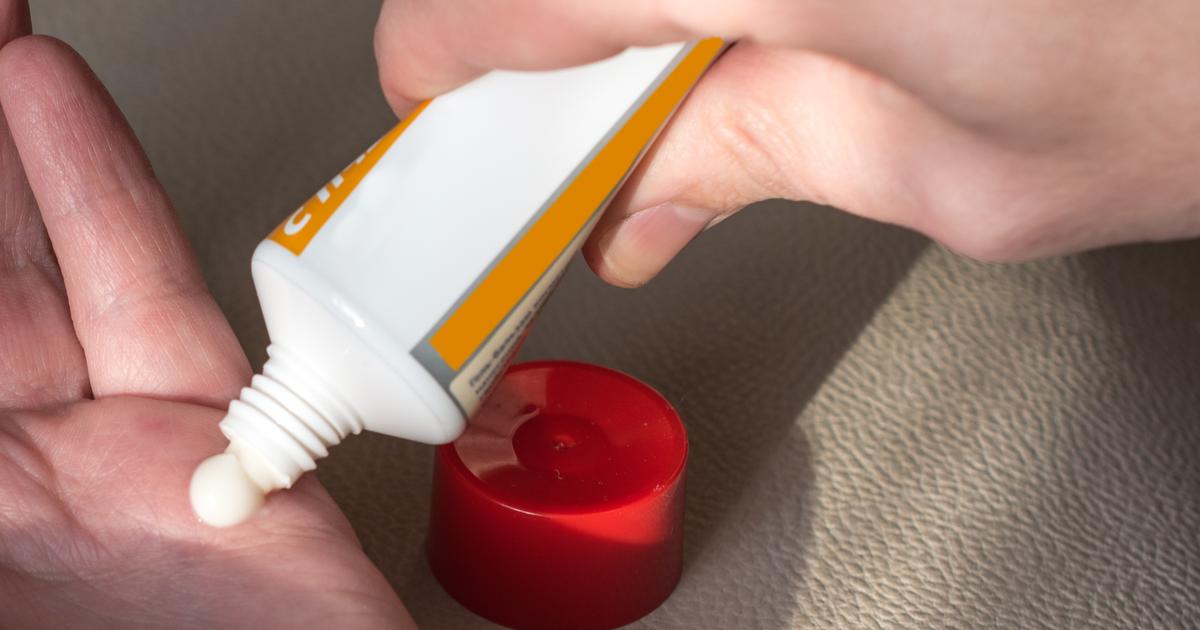Guide To Treating CREST Syndrome
Topical Antibiotics
Individuals with CREST syndrome often experience lesions on the skin as a result of dryness and stiffness, or they can be a result of calcium deposits in the skin. Often, calcium deposits that develop in a pressure point area will result in the development of a skin ulcer or lesion from the irritation the deposit causes. It may be especially difficult for the body to heal these skin ulcers because of where they are located, so infection prevention is imperative. Topical antibiotics applied to the ulcer can kill any bacteria that may be harboring in the tissues, or any that may be causing the ulcer to heal slowly. This type of topical treatment can also help the lesion retain proper moisture and not dry out excessively. Many topical formulas with antibiotics also contain steroid medications, which can help suppress the autoimmune response that has caused the calcium deposit to develop in the first place. These formulas help reduce inflammation around the site and stop bacteria from growing deeper into other tissues.
Continue reading to discover more treatment options for CREST syndrome now.
Keep Warm As Much As Possible

Raynaud's disease occurs when the blood vessels in the fingers and toes constrict severely in response to stress and or cold temperatures. This causes a shortage of blood supply to the skin, and the affected areas experience a color change to blue, white, gray, or green. The individual will also feel numbness and tingling in their fingers during an episode, and they can temporarily lose function in their fingers. The best way to prevent the symptoms that result from this condition is to keep warm as much as possible in all affected areas.
Episodes of Raynaud's disease can happen in the fingers, toes, nose, lips, and ears. Wearing a scarf, hat, earmuffs, two layers of mittens, socks, and boots when exposure to cold temperatures is anticipated can help reduce the occurrence of Raynaud's disease. Turning the car on fifteen minutes before entering it (never in a closed garage) can also reduce the chance of an episode occurring. When indoors, wearing socks and wearing oven mitts when removing things from the refrigerator and freezer can also decrease the chance of experiencing symptoms. Using insulated drinking glasses and keeping the thermostat in the home at a warmer temperature has also helped individuals with CREST syndrome cope with these symptoms.
Learn more about effectively treating CREST syndrome now.
